Fangold is the first Trading Card Game mixed with RPG elements: born as a subgame in Land of Britain, the MMO currently developed by Potato Killer Studios, now it has become the Studio's pilot project.
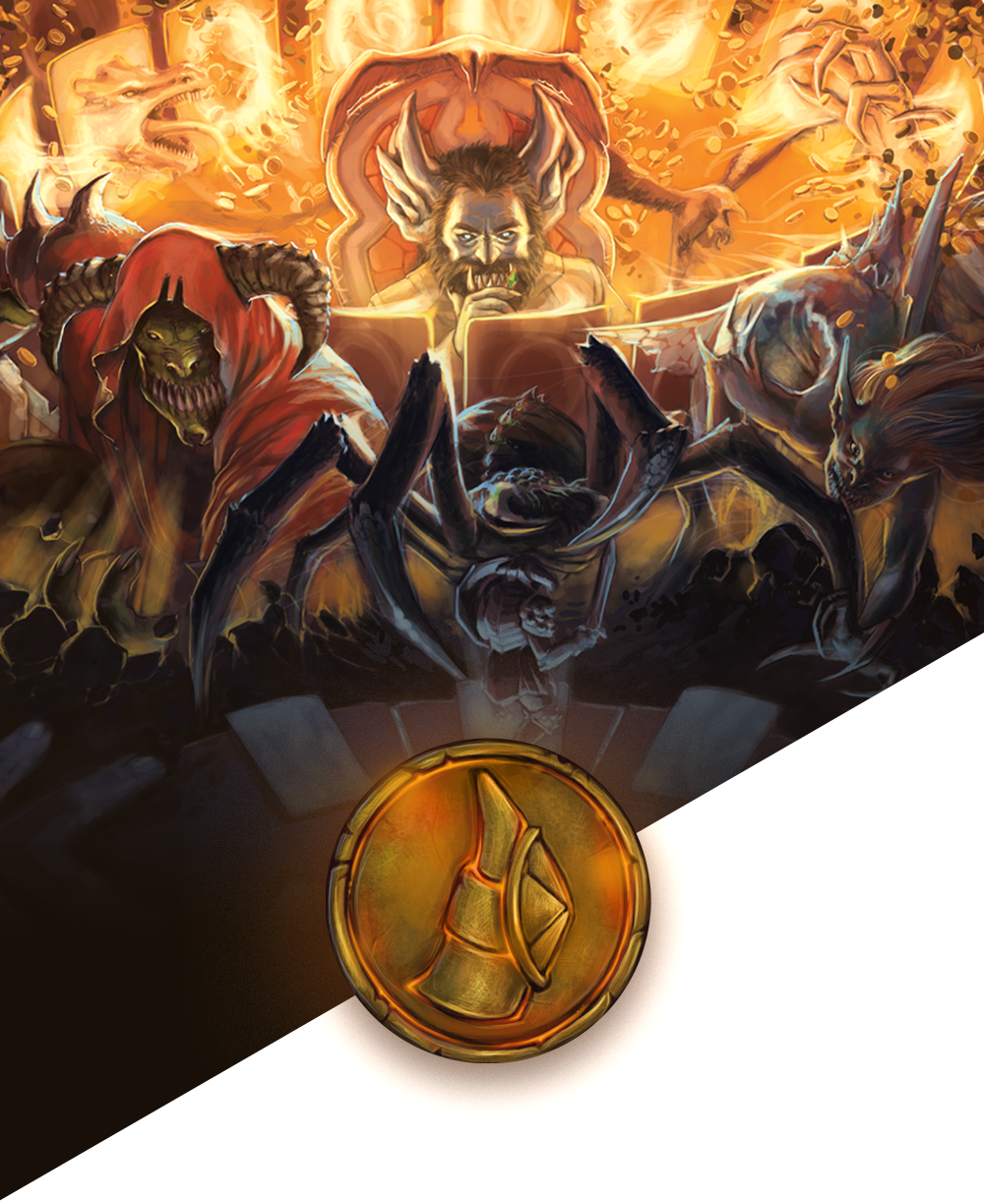

Hello, I'm Melissa Spandri, Lead Artist of the 2D Illustrators team.
Every Fangold card illustration is made by us, and so are our website images, every artwork we publish on our social pages and even what you usually see in our Indie DB articles. Aside from promotional or in game assets, in the dark dungeons where we have our workstations, we draw every single concept art needed by 3D artists to sculpt in game 3D models.
With this devlog we continue from where Masa left you in the previous one: I'll tell you how we are the link from the storytelling team, who write a description of the character we would like to put in the game, to the 3D artists team, who will bring it alive as the player will see it in game.
Our job starts when we receive the concept and we start giving it shape in our minds. If we would like to draw a good concept art, we compare it in our mind with every other 3D model we already did, so we will be sure to give it a stylistic consistency with every other asset. Our works must be both recognisable and original.
The first step is to look for "references", sources that can inspire us. It's like brewing a potion: you have to mix different things in your head. While stirring and boiling this mix, the first image of the concept art appears and starts to detail itself, sometimes in astonishing ways.
After that inner view of the concept, it will be time to pick up the pencil or the tablet's pen and start doodling. Yep, just doodling: first we need to explore our ideas. In technical speech these doodles are called "silhouettes" and are needed to study the general shape of our subject; an ugly spider boss in our case.
From those doodles we start to draw more in-depth sketches, where ideas start to show themselves on our sheets of paper and stop being confused ideas in our crowded minds. You'd be amazed to know in how many different ways words can be interpreted!
After a few sketches are drawn, with a couple of different points of view and interpretations, we meet with the storytellers: the choice of the best graphic interpretation is usually done together. Once the correct sketch is chosen, we continue working on it, rendering it more understandable and functional, because it's important to give a clear view of the subject to the 3D artist who will work on it. Then, we start coloring it with our virtual brushes. Our spider is almost alive (brr)! Our job is over and now it's time for 3D sculptors to work on it.
The fun part of this job is that everyone adds a little, personal ingredient. We are brewing this potion all together. We hope you'll like it as much as we do!
I wish to remind you to vote for us at Indie DB's "Indie of the year 2016" award by clicking on the widget after the article; you can find us in the Role Playing Unreleased Games!
See you in our next devlog!

Fangold DevLog - Narrative Design: Concepts
NewsIn this our third DevLog, Matteo Facchini, leader of narrative and storytelling team, talks about character design and concepts.

Fangold DevLog - Design: Adventure Quest Mode
NewsWelcome to our second DevLog, where Luca will tell you about the Adventure Quest mode.

Fangold DevLog - Design: Elemental Terrains
NewsElemental Terrains are a new strategical variable implemented in Fangold. Luca, lead Game Designer at PKS, explain why he chose to design this particular...

Fangold: Adventure Quest Trailer released
NewsOur new Adventure Quest Trailer has been released, together with new details about the game mode.






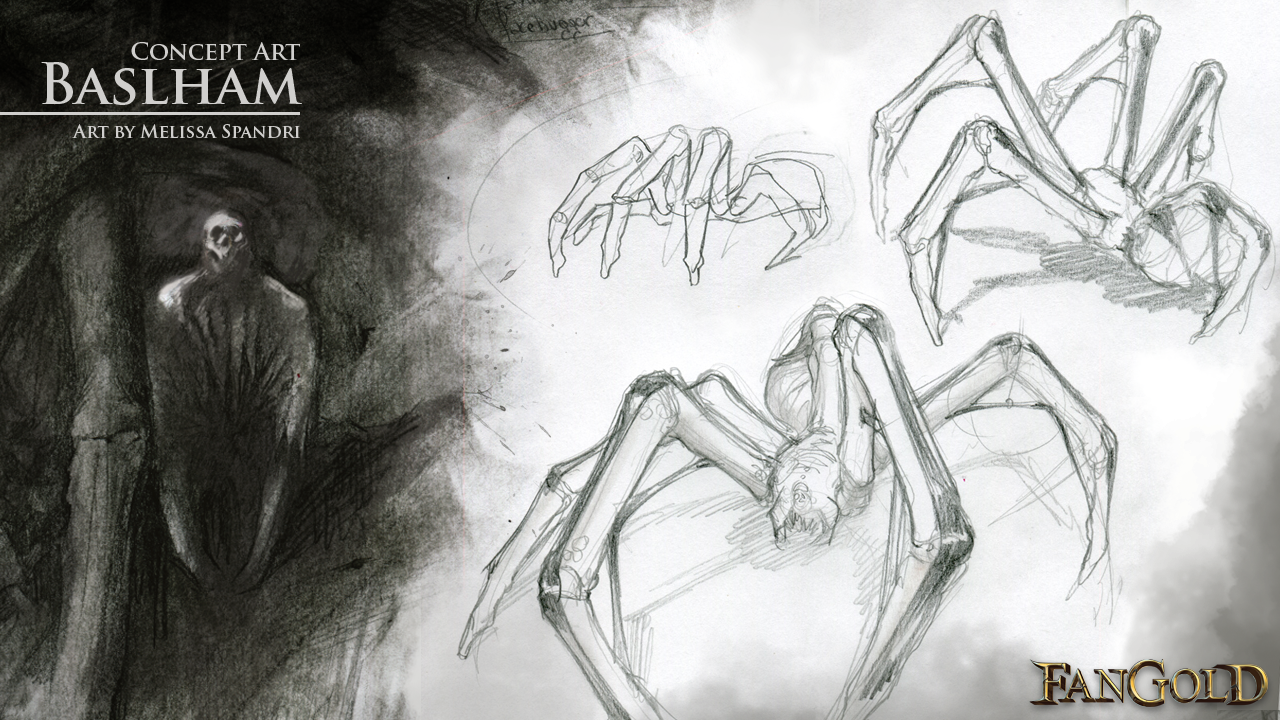
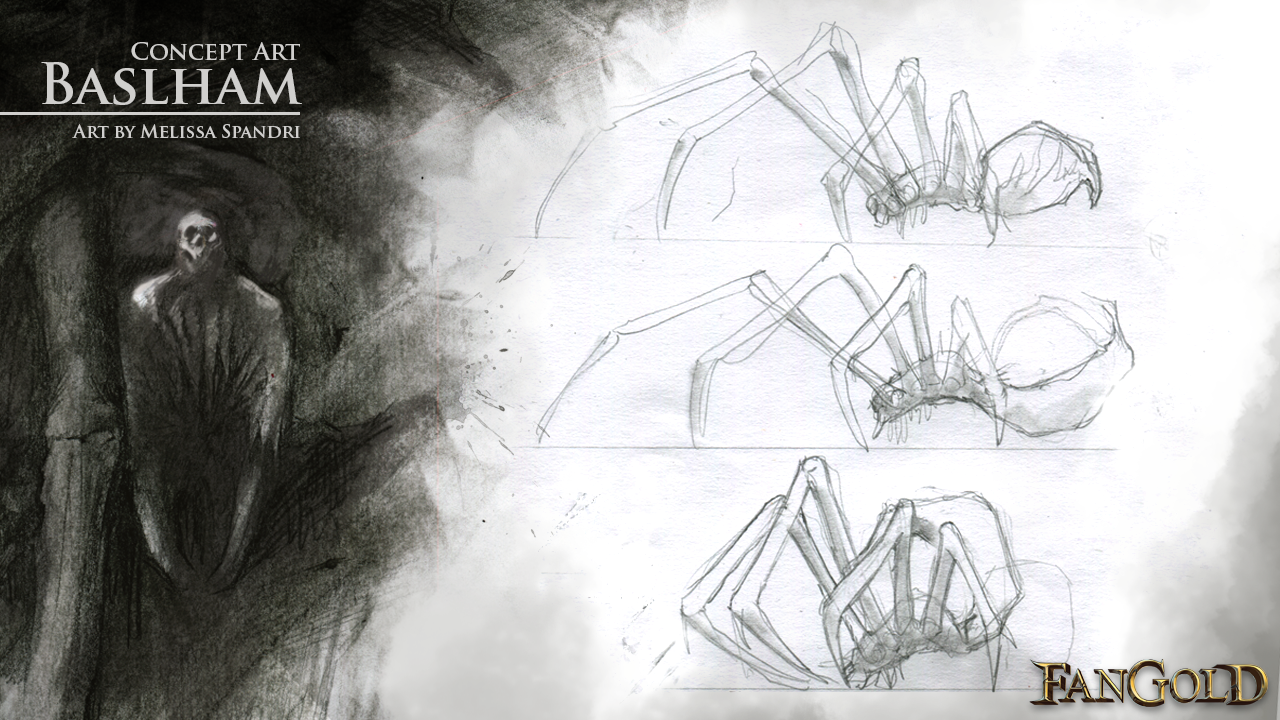
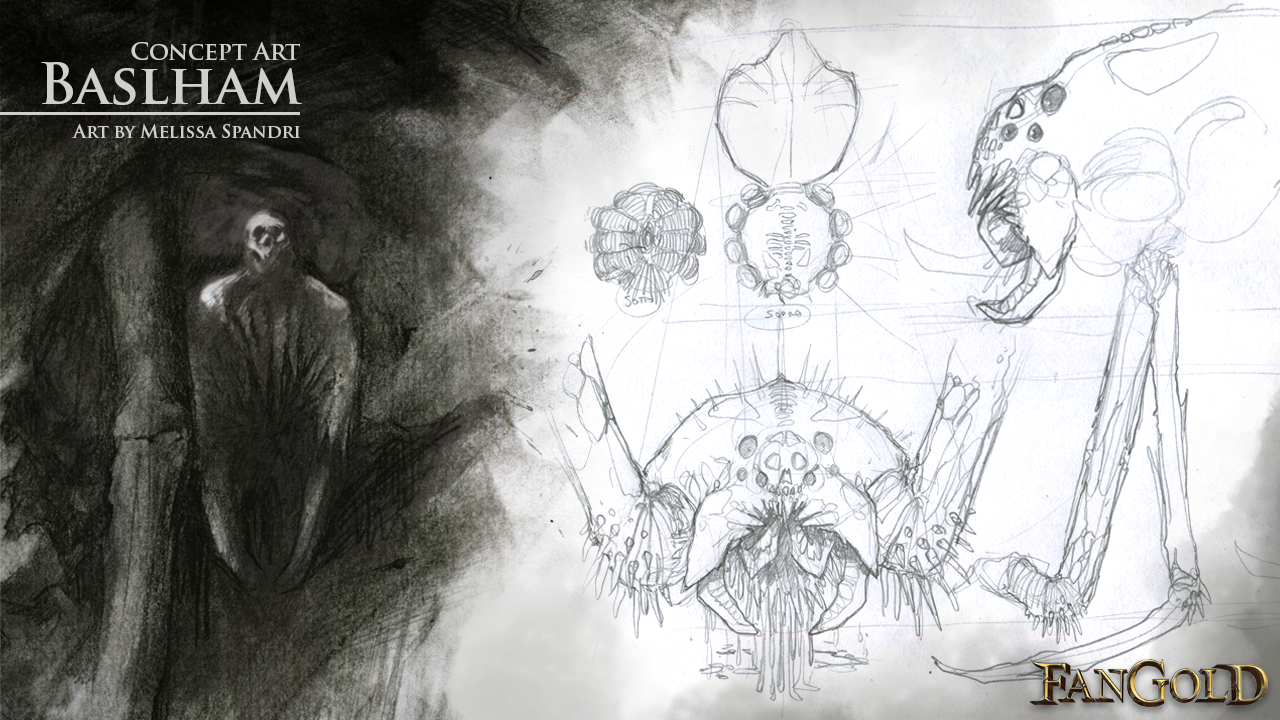
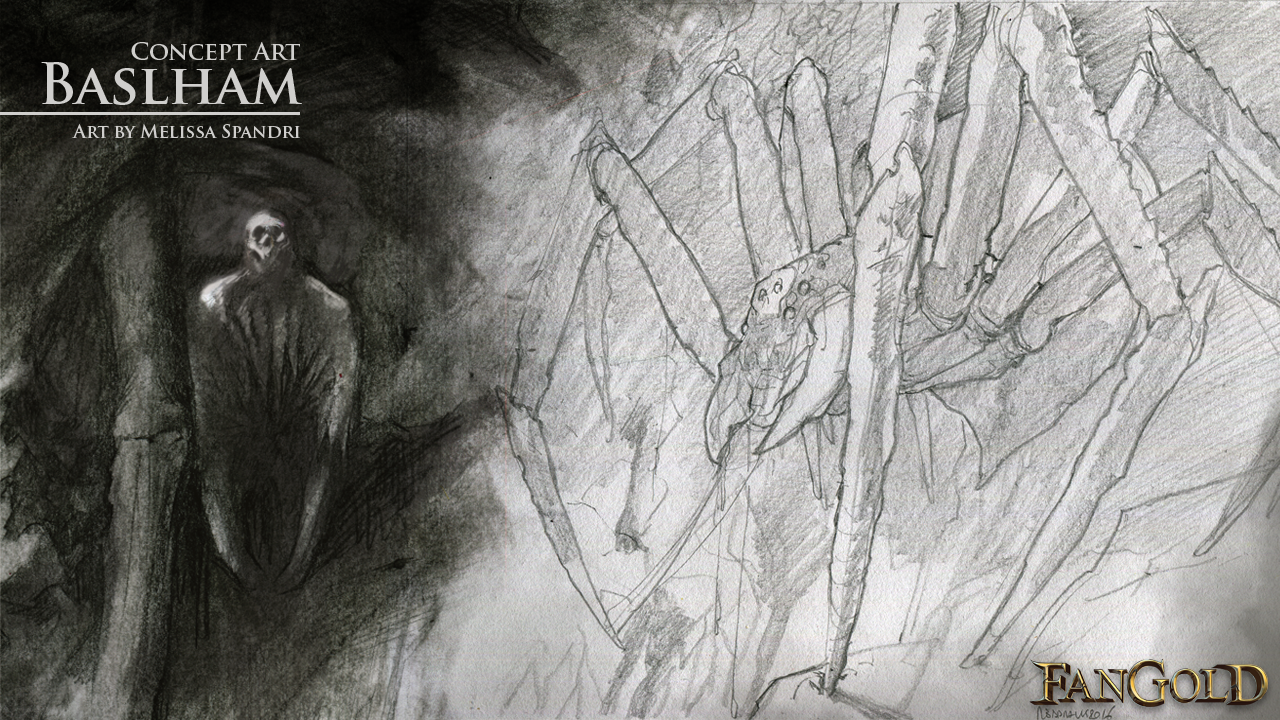

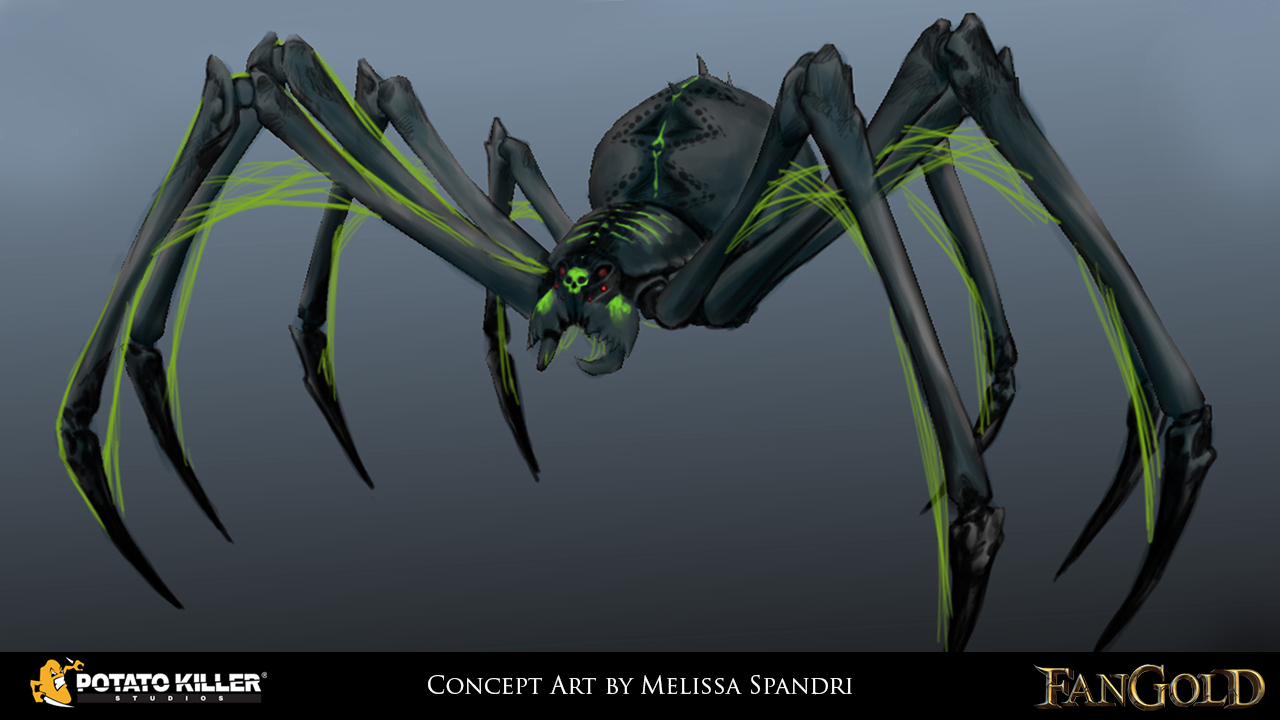
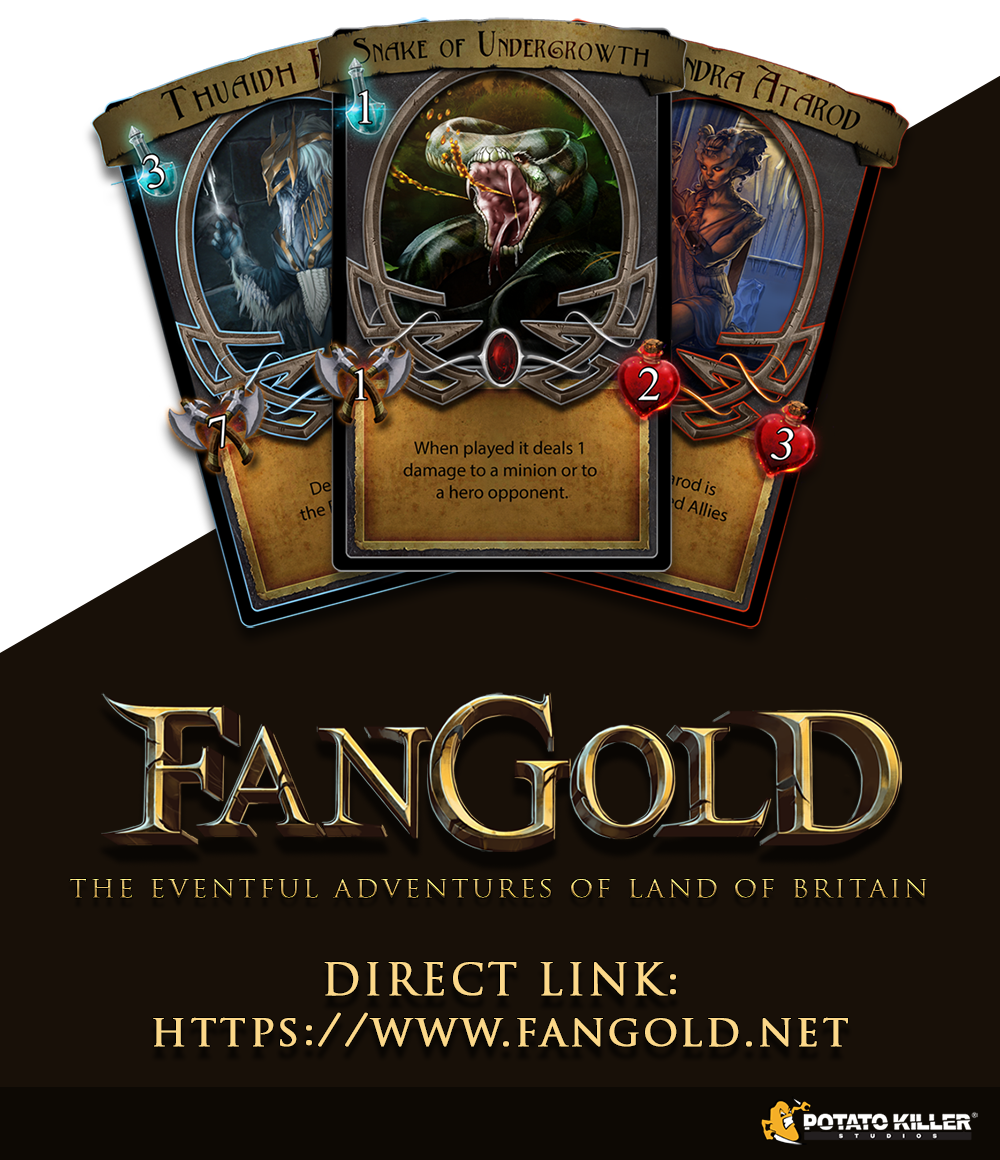








Very good art